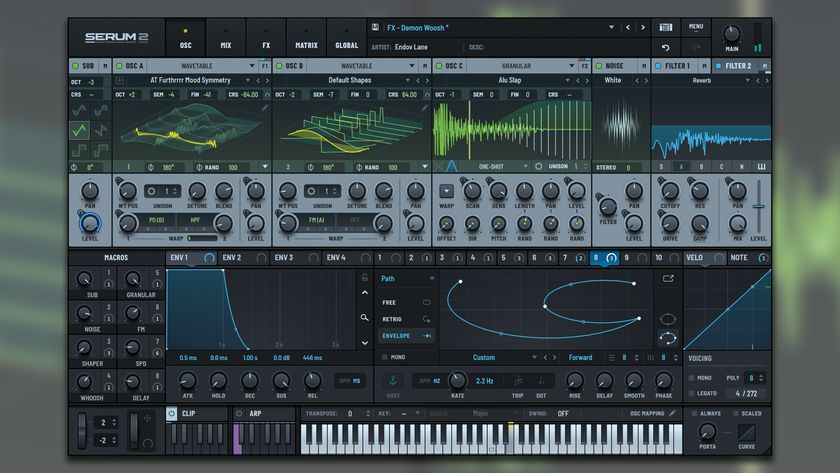Korg’s Triton synth plugin puts the sounds of the noughties in your DAW
Classic workstation released in software form
Cast your mind back to 2019 - come on, it’s not that long ago - and you’ll recall that Korg was getting teasy in regard to what we thought might be a reboot of its Triton synth. Well, it’s now been confirmed, but rather than being an iOS app, as we suspected, it’s actually been reborn in Mac/PC plugin form as part of the Korg Collection of software instruments.
Debuting in 1999, the Triton was a popular and powerful PCM-based instrument, famed for its HI (Hyper Integrated) synthesis system. This has been carefully reproduced for the plugin, which contains all of the original presets and the eight EXB-PCM expansions, giving you more than 4,000 sounds to play with. These can be browsed by name or filtered by category and sonic character.
The synth offers two types of filters, five insert effects, two master effects and a master EQ, plus a combination mode that enables you to play up to eight multitimbral parts simultaneously. The plugin version was overseen by the developers of the hardware Triton, who helped to ensure that all the subtle details of the original were in place.
If you don’t want to dive too far under the hood, you can make use of the Triton’s newly-developed Easy mode, which puts essential parameters on a single page, and you also get a dual polyphonic arpeggiator that comes with 307 types of pattern.
The Triton plugin is available now for the introductory price of $199 (regular price is $249). However, the better option could be to buy it as part of the full Korg Collection Special Bundle v2, which also contains the Arp Odyssey, MS-20, Polysix, Mono/Poly, M1, Wavestation and MDE-X. This is currently on offer at $299 (regular price $399).
Find out more on the Korg website.
Get the MusicRadar Newsletter
Want all the hottest music and gear news, reviews, deals, features and more, direct to your inbox? Sign up here.



I’m the Deputy Editor of MusicRadar, having worked on the site since its launch in 2007. I previously spent eight years working on our sister magazine, Computer Music. I’ve been playing the piano, gigging in bands and failing to finish tracks at home for more than 30 years, 24 of which I’ve also spent writing about music and the ever-changing technology used to make it.











